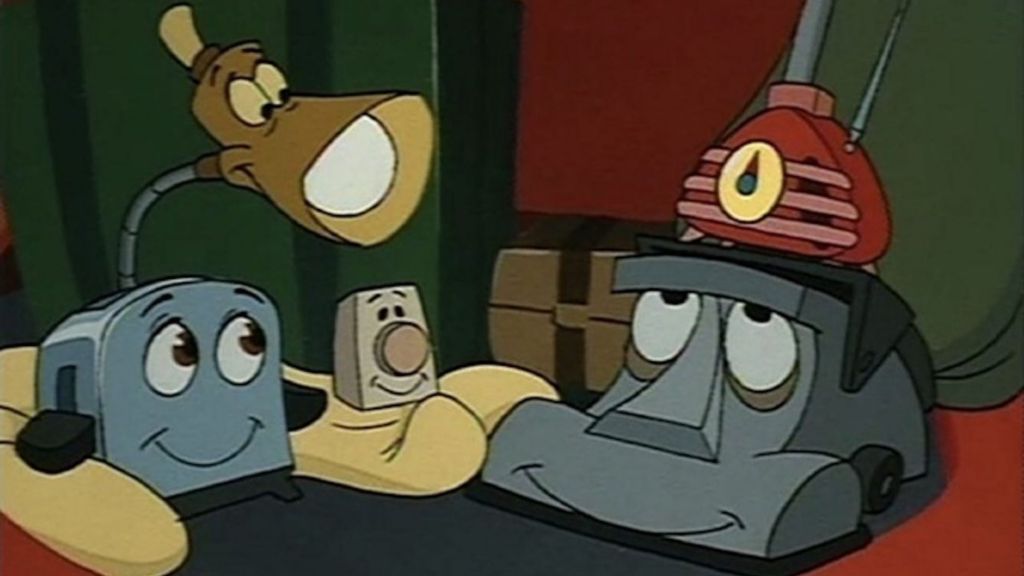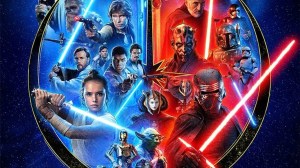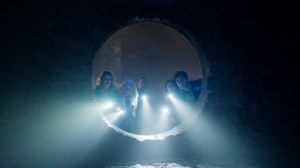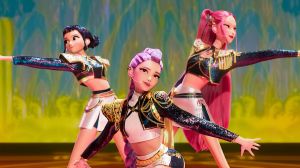Before Toy Story revolutionized computer animation and cemented Pixar as the next great Disney subsidiary, Disney itself was struggling through one of its darkest decades. The 1980s were a transitional era, and for each classic like The Fox and the Hound, there was a failed experiment, in the vein of The Black Cauldron. Yet, even the struggles weren’t for naught, as at least one of these experiments would become an incubator for the future generation of animation geniuses and their billion-dollar idea.
Videos by ComicBook.com
The Brave Little Toaster, released in 1987, was an animated feature about a ragtag team of sentient household appliances. While it was technically produced by Hyperion Pictures, Disney did fund and distribute the film on home video, and it has since become a cult classic thanks to its dark and terrifying sequences that scarred a generation of young viewers. But beyond its horror and nostalgia factors, The Brave Little Toaster’s DNA can be traced to the genesis of Pixar. Writers John Lasseter and Joe Ranft would both go on to play key roles in the production of Pixar’s anthropomorphic touchstone and megahit franchise, Toy Story.
Why The Brave Little Toaster Traumatized ’90s Kids

The Brave Little Toaster opens with a few idle appliances stirring awake. There’s Toaster, Radio, Lampy, Kirby the vacuum, and Blanky. However, the cozy premise doesn’t last long, and the grim reality of the outdated appliances becomes clear. The gang spends their days performing meaningless chores while waiting for “The Master,” a boy who left years ago. The first sign that this isn’t your average kids’ fare comes when the air conditioner has a full-blown mental breakdown and short-circuits.
When the rest of the appliances finally embark on a quest to find The Master, the odyssey of psychological torment truly begins. Blanky screams, “Help me! Help, they’re killing me!” while being nearly dragged underground by singing swamp animals. A thunderstorm nearly electrocutes Lampy. Toaster has a nightmare featuring a demonic clown wielding a fork. And in the junkyard, they encounter a line of cars singing “Worthless” while being willfully crushed to death in a compactor. Fans and haters of the film alike have noted that if the characters in The Brave Little Toaster were human, the movie would be rated R; something more akin to Saw than The Little Mermaid.
The film carries a sickly hopelessness and conjures an existential dread that outlasts its admittedly happy ending. However, this dark tone wasn’t an accident. In a 2012 Reddit AMA, co-writer and director Jerry Rees was asked whether he and the producers were worried about how morbid the film was, to which he responded, “I figured that these characters, as charming as they were, were dealing with an ominous world. Their fear of being obsolete rings true for all of us at one time or another.” He continued, “I asked our voice actors to keep the characters believing their world — never playing it for laughs.”
Rees’ approach treated his talking appliances with the same emotional respect that Toy Story would later give to Buzz and Woody. And that’s not a coincidence, as the team behind The Brave Little Toaster included future Pixar legends John Lasseter, Joe Ranft, and David Newman (cousin of Pixar composer Randy Newman), among others, who drew upon the lessons learned from the movie, it’s successes and failures, and applied them to the development of one of the first computer animated classics.
The Brave Little Toaster Crawled So That Pixar’s Toy Story Could Run

Lasseter, in particular, was inspired by the idea of inanimate objects brought to life with longing, love, and the fear of abandonment. The Brave Little Toaster’s basic premise would be repurposed for Toy Story and go on to define Pixar’s brand of storytelling. Watching Toaster today, and it feels like a Pixar prototype. Even the bizarre trash compactor scene would go on to inspire the devastating incinerator climax in Toy Story 3. Nearly every Pixar film about sentient objects or forgotten machinery, including Cars, WALL-E, and even Inside Out, has echoes of ideas first tested in Brave Little Toaster. While the overall tone became less dark, eerie, and cynical and more like the optimistic Disney we know today, the seriousness with which the plight of the non-human characters was treated remains a core tenet.
The Brave Little Toaster also played a pivotal role in the actual behind-the-scenes development of Toy Story. John Lasseter, then a young animator at Disney, was fired from the company after pitching a computer-animated adaptation of The Brave Little Toaster. Thanks to that rejection, Lasseter went on to join a minor graphics division that eventually became Pixar, where he directed Toy Story just a decade later. In other words, the idea that got him fired from Disney became the cornerstone of the company’s future. In many ways, Brave Little Toaster is the missing link between Disney’s hand-drawn legacy and Pixar’s digital revolution; the first film that dreamt of giving human personality and purpose to lifeless things.
And perhaps that’s partially why The Brave Little Toaster endures. Yes, it’s strange, nighmareish sequences formed core memories for many ’90s kids, but it was also successful in capturing the fear of being left behind, and finding meaning in obsolescence. The boy and his toaster eventually became a boy and his toys, albeit with less anthropomorphic gore.
Did The Brave Little Toaster traumatize you as a kid? Leave a comment below and join the conversation now in the ComicBook Forum!









